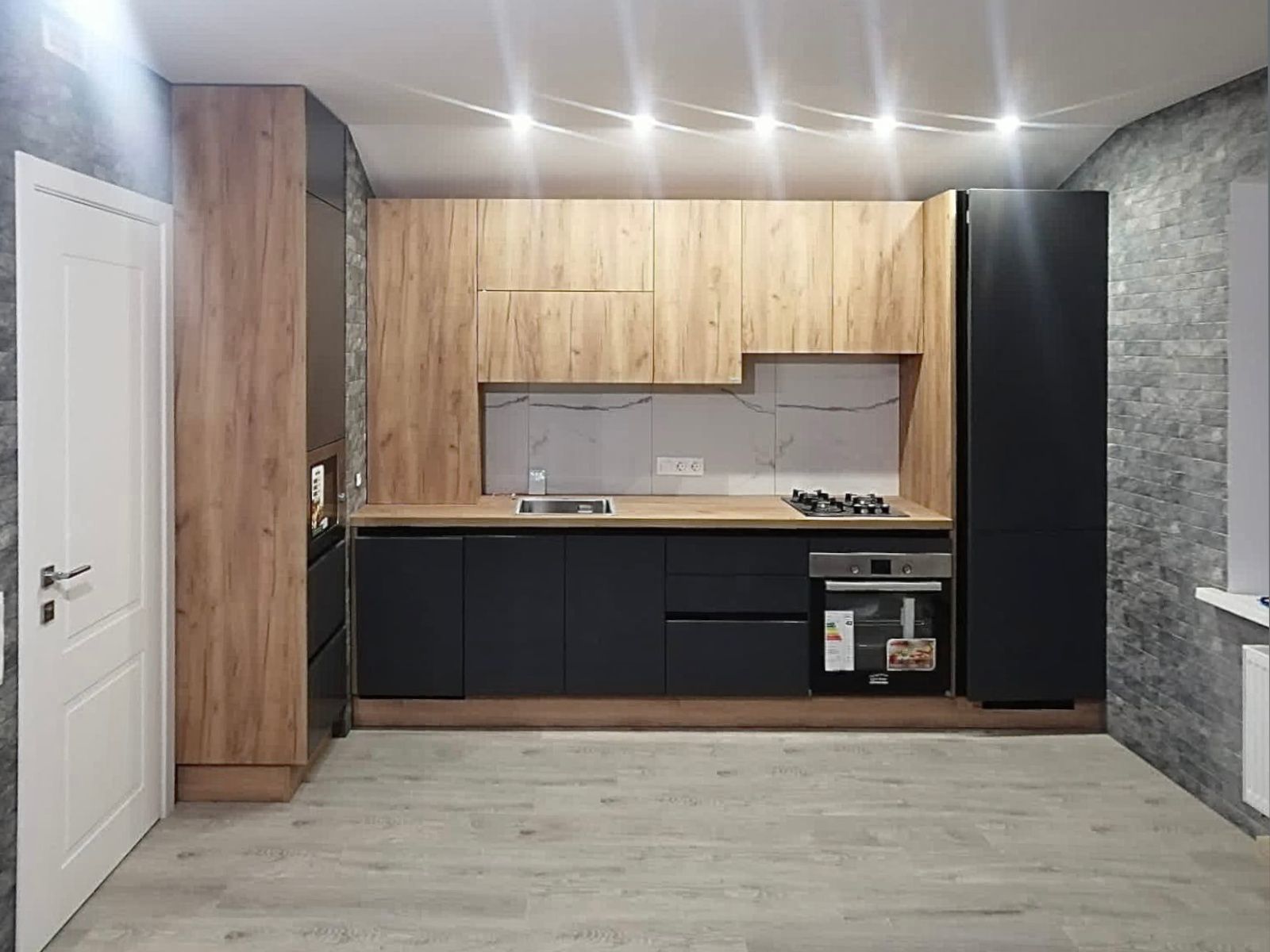
Introduction to Culinary Spaces: Embracing Elegance
The heart of every home is its kitchen. It's where culinary magic happens, families gather, and memories are created. But over time, even the most cherished spaces can require a refresh or a transformation to maintain their charm and functionality. This article explores the concept of elegant transformations in culinary spaces, providing insight into how homeowners and designers can create timeless and sophisticated kitchens tailored to modern living.
Understanding the Elements of Design
Before diving into the transformation process, it's important to understand the key elements of design that contribute to an elegant culinary space. These elements include layout, color schemes, materials, and lighting. Each plays an integral part in constructing a kitchen that's not only beautiful but also practical. An effective layout will maximize space and flow, color schemes will set the mood and style, high-quality materials will add durability and texture, while proper lighting will enhance the overall ambiance of the space.
Maximizing Space with Style
One of the primary goals in a kitchen makeover is to maximize available space without compromising on style. A well-designed kitchen layout focuses on the 'work triangle', which includes the refrigerator, the stove, and the sink. The work triangle's placement should allow for easy movement and efficiency. For smaller kitchens, solutions such as multifunctional islands, sleek cabinetry, and integrated appliances can significantly improve space utilization while adding an elegant touch.
Choosing a Color Palette
The color palette is paramount in setting the tone for an elegant culinary space. Neutral tones like whites, beiges, and grays offer a timeless base, while bold colors can be used as accents to bring vibrancy and depth. Complementary colors can bring balance and harmony to a kitchen, while monochromatic schemes can create a sophisticated and cohesive look. Paint finishes are equally important—a matte finish can evoke rustic charm, while a glossy finish can reflect light and create a more contemporary feel.
Selecting Materials that Marry Durability and Aesthetics
The choice of materials used in a kitchen renovation has a profound impact on both the appearance and longevity of your space. Countertops made from quartz or granite deliver resilience and add a luxurious feel. High-quality woods for cabinetry impart warmth and elegance and can be custom-stained or painted. For flooring, materials such as natural stone or hardwood are both durable and attractive. When it comes to the backsplash, ceramic or porcelain tiles can introduce patterns and textures that complement the design.
Lighting: The Final Touch in A Culinary Space
Lighting is the final yet crucial element in creating an elegant kitchen. Task lighting ensures that work areas are well-lit, while ambient lighting contributes to the overall mood and can be achieved with a combination of chandeliers, under-cabinet strips, and pendants. Accent lighting can highlight architectural features or collections, and dimmer switches allow for adjustability throughout the day. The right combination of light fixtures will not only illuminate the kitchen's design but also enhance its elegance.
Concluding Thoughts on Elegant Transformations
Transforming a kitchen into a culinary space that exudes style and sophistication requires careful attention to detail, a clear understanding of design principles, and a commitment to quality. Whether it's through a harmonious color palette, the right choice of materials, or the strategic use of lighting, each element plays a role in crafting a kitchen that’s both functional and elegantly inviting. With these considerations in mind, homeowners can embark on a journey to turn their kitchens into spaces that are as beautiful as they are practical.